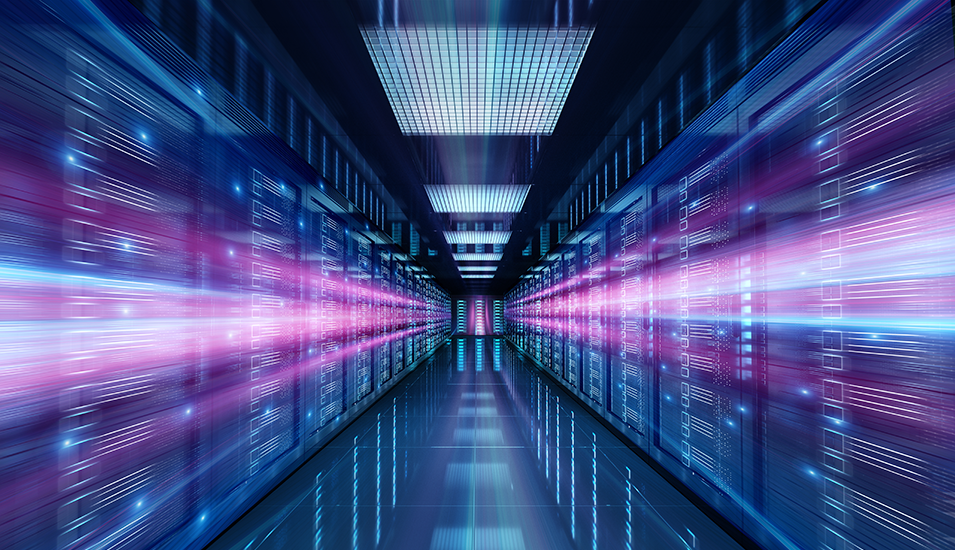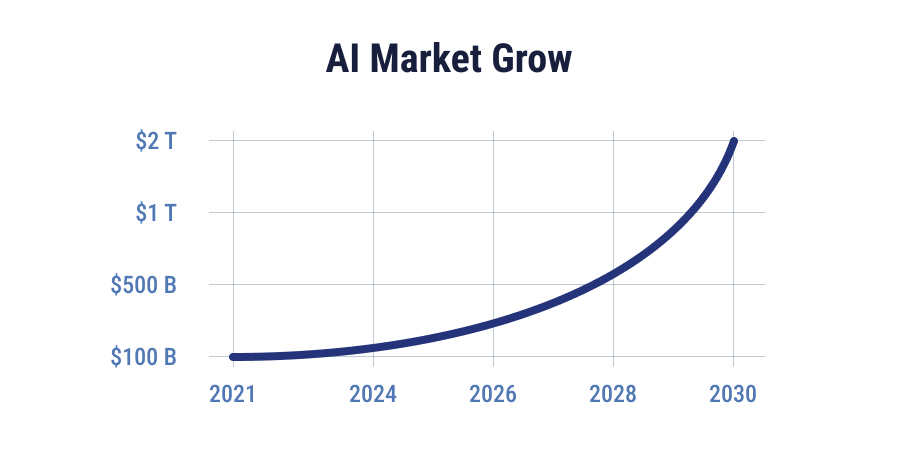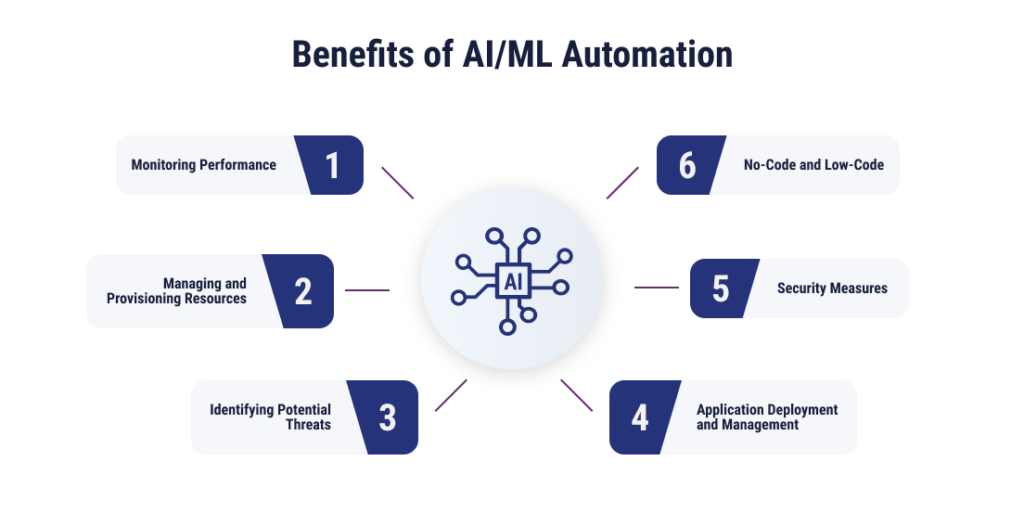
As we approach the new year, the data center landscape is undergoing dynamic transformations, fueled by emerging technologies, evolving user demands, and a relentless pursuit of efficiency and sustainability.
Below, we’ll dive into some of the top data center industry trends you should keep an eye on in 2024 but first…
The Importance of Data Centers in the Digital World
Data centers are far more than simply a place to house your business data and workflows. The rapid evolution of technology places a greater importance on the connectivity, efficiency, and performance of data centers, which also calls into question how sustainable it is to keep up with the pace of emerging technologies. Data center providers need to constantly weigh the need to keep up with current trends with the importance of keeping processes efficient and sustainable. It’s a delicate balance.
Top 8 Data Center Industry Trends in 2024
The data center industry is evolving at a rapid pace. Below are eight of the top data center trends driving this evolution, including artificial intelligence (AI), edge computing, hyperscale, and more.
Artificial Intelligence
The AI market was already valued at $100 billion in 2021, but is predicted to reach almost $2 trillion by 2030 – a twentyfold increase.

AI has touched every industry in some way, and the growing popularity of large language models and generative AI have also contributed to increased demands on data centers. High-performance computing uses graphics processing units (GPUs), which have greater resource needs compared to central processing units (CPUs). GPUs and other units used by AI can benefit greatly from high-density colocation. As businesses adopt AI, they should seek out high-density colocation providers that go beyond what traditional data centers have to offer.
Cloud Infrastructure Optimization and Refactoring
Of course, not everything is about growth. Optimization is just as important. Rapid deployment means that at some point, businesses need to look at their cloud infrastructure and optimize it to make it more efficient. Refactoring cloud infrastructure can mean getting rid of redundancies, modernizing what’s already in place, and refactoring applications to get the most out of cloud-native features.
Hybrid Cloud
Hybrid cloud can provide the best of both worlds for organizations – the familiarity and customization options of an on-premises environment with the scalability and innovation enabled by the cloud.
Organizations that use hybrid cloud frameworks can have a combination of public and private clouds along with on-premises infrastructure to harness the benefits of each type of environment. The majority of businesses last year pursued either a hybrid cloud (39%) or a multicloud (33%) strategy, and 76% of businesses are using two or more cloud providers. Companies that aren’t ready to move all of their systems over to the cloud may find that a hybrid cloud option is easier to attain. Hybrid cloud can also support edge computing and other trending technologies that are harder for on-premises systems to accommodate.
Hyperscale
Large enterprises and cloud providers who have greater data storage and processing needs will continue to move to hyperscale data centers. These large facilities can support enterprises in more scalable and efficient ways.
Edge Computing
These hybrid cloud and hyperscale trends coincide with the rise in edge computing. With edge computing, computation, and data storage are made available at the “edge” of a system, closer to where data is consumed and generated. Wearable devices, such as smart watches, can benefit greatly from edge computing. Smart home devices and other Internet of Things (IoT) technologies can as well. Real-time analytics and machine learning (ML) can also be supported by the lower latency and faster processing offered by edge computing.
Automation
AI is not just a technology that creates demand for data center resources. It’s also a technology that can support data center operations. AI and machine learning can automate data center tasks like monitoring performance, managing and provisioning resources, and identifying potential threats. Deployment, management, and security measures can all be automated in a data center. Self-healing infrastructure, which can find and repair problems without human aid, is even on the rise. No-code and low-code automation programs are also becoming more popular, making automation more accessible than ever.

Cooling and Energy Consumption
As emerging technologies increase their demands on data centers – AI, self-driving vehicles, and IoT devices, to name a few – greater demands are also placed on power and cooling systems. More efficient power and cooling systems can reduce the cost and environmental impact of maintaining the data center. For example, closed-loop liquid cooling is a more sustainable, and often more cost-effective, option compared to evaporative cooling.
Skills Gaps
Tech skills gaps will continue to shape the data center space for the foreseeable future. Businesses considering buying and managing their own data centers may quickly find that staffing these facilities can be a difficult undertaking. The worker shortage is especially pronounced in the IT sector, with only 65 candidates available for every 100 posted jobs.
Internal skill growth is another way to address this gap but results from this will take longer to come to fruition. By 2027, Gartner predicts that 60% of data center infrastructure teams will have the necessary cloud and automation skills in place.
The Need for Innovation and Adaptability in Data Centers
To meet these new trends and overcome any challenges they bring with them, data centers need to be able to innovate and adapt quickly.
One way facilities can keep pace with the future of data is through high-density colocation. High-performance computing and AI workloads can be housed with greater ease in data centers that allow for these expanded capacities. TierPoint designs our high-density deployments using industry-leading configurations that offer exceptional space efficiency, as well as better optimized power and cooling resources.

